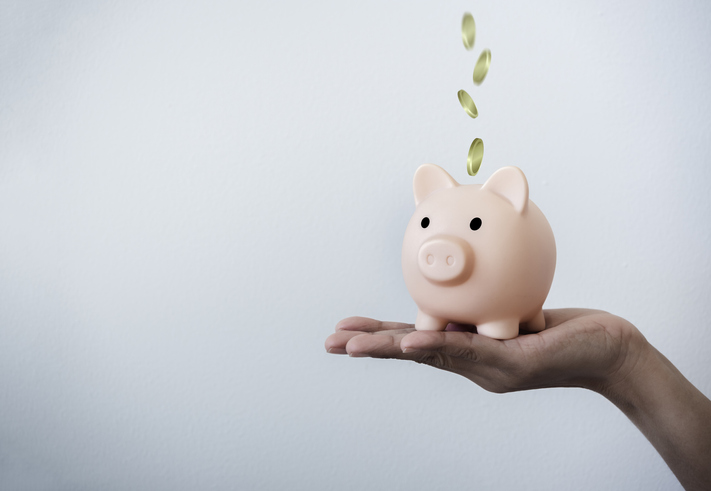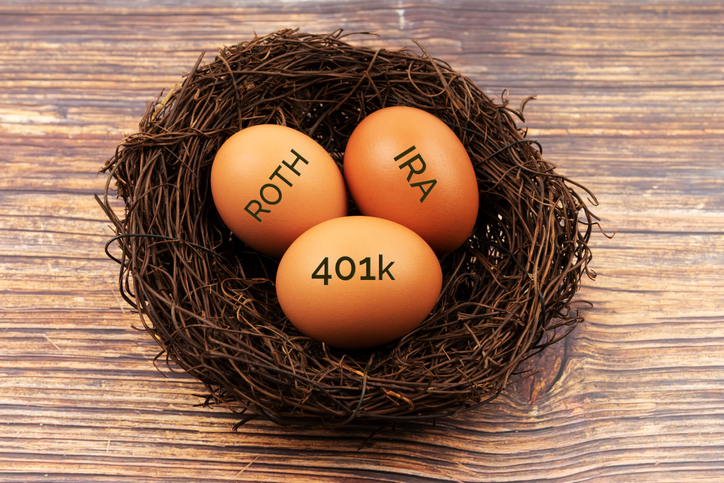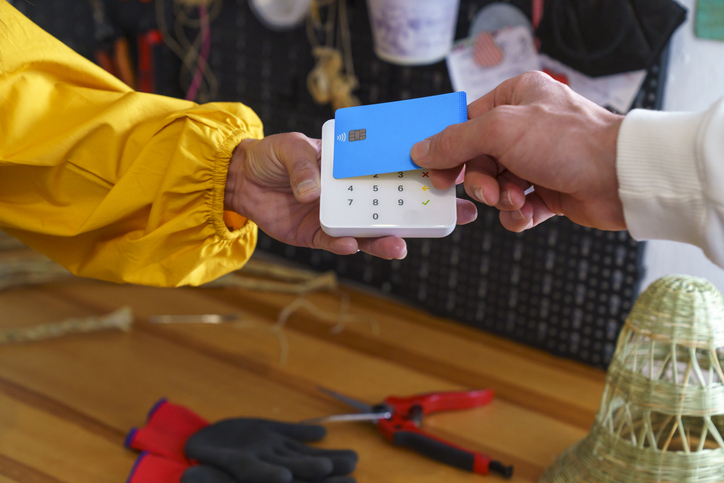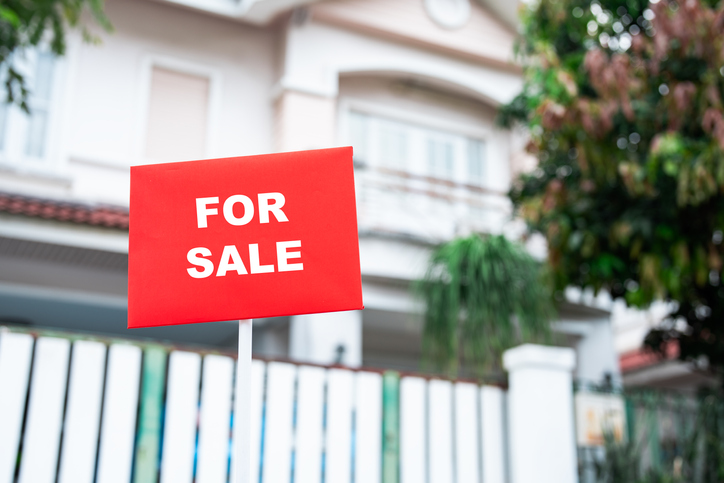
Source: miniseries / Getty
For those of you still pulling your taxes together and wondering what sort of refund you might get, there’s good news: CNBC reports that the IRS has already issued 22 million refunds for 2021 taxes. The average refund is $3,536. That’s some serious cash, and if you weren’t expecting to get it, you wouldn’t have planned on how to use it, either.
You probably have a laundry list of things you’d like to do that require a little cash capital. And while a spontaneous trip to Las Vegas could sound appealing when that refund comes in, there are other things you can do with that money that will put you in a better financial situation down the road. Here are smart things to do with a tax refund, no matter the size.
What to do with a $500 refund
Take a Resume-Boosting Class

Source: Drazen_ / Getty
Your skills are your currency and having certain skills on a resume instantly qualifies you for better-paying jobs. Showing certain certifications on that resume can make you look more appealing to recruiters, and put you in a position to ask for higher pay. However, classes aren’t typically free (or cheap). If there is a class that could open the doors to higher earning potential, but that costs a bit of cash, use your refund for the cost of tuition. You’ll get back so much more than you put in.
Save for a Rainy Day

Source: Techa Tungateja / EyeEm / Getty
If there’s one thing we all learned from the pandemic, it’s that everything can change in an instant, and due to circumstances beyond our control. If you were to become ill, use all your sick days and still not be able to return to work, how would you pay your bills? If you were laid off unexpectedly, would you be financially prepared for that? Bankrate reports that around half of Americans have less than three months’ worth of savings for regular expenses. However, the U.S. Bureau of Labor Statistics reports that the average person remains unemployed for just over five months. Five hundred dollars can be a good start to an emergency fund for a rainy day.
Make a Home Improvement

Source: andresr / Getty
Do you have a room that desperately needs repainting? Been meaning to put up a nice fence for curb appeal? Have you wanted to turn a spare room into a home office? Having a home that looks nice can improve your mood. Sage Journals even reports that the colors of an environment greatly affect our moods, so repainting one room or a portion of your home can make a big difference in things like creativity, happiness and even productivity. Use your $500 to finally get on that home improvement project.
What to do with a $1,500 refund
Start a Savings Account

Source: valentinrussanov / Getty
A savings account will be different from your emergency fund in that an emergency fund sits in your checking account to be accessible, but a savings account should remain untouched. It’s meant to gain interest and grow. Opening a savings account is a smart thing to do with $1,500. Many banking institutions require a certain minimum in savings accounts to avoid fees, and $1,500 will ensure you avoid those fees. Credit Karma reports that most savings accounts grow with compound interest, so $1,500 can grow substantially rather quickly.
Start an Education Savings Account

Source: Constantine Johnny / Getty
A 529 account is a non-taxable education plan. The funds must be used to pay for education and any U.S.-based adult ages 18 and over can open one. They can use the funds for any designated beneficiary, including themselves, making this a great type of account for someone hoping to go back to school. The earnings on these accounts grow federal tax-free, making them an excellent part of a long-term plan to fund education – yours or someone else’s.
Buy Something for your Business

Source: ferrantraite / Getty
Wherever you are in your business venture – whether you haven’t even started it or have been operating for a while – there is something your business could need. If you’re looking to start a business, you could use your $1,500 to build and design a website. If you have a brick-and-mortar business, perhaps you need more equipment. You can use these funds as an investment in your business aka an investment in yourself.
What to do with a $3,000 refund
Contribute to an IRA

Source: Nora Carol Photography / Getty
The Investment Company Institute reports that 37 percent of American households own an individual retirement account (IRA). An IRA can be an important part of a retirement plan. Investopedia reports that a properly diversified IRA can grow between seven to 10 percent per year. Plus, they grow with compounding interest. IRAs enjoy tax-free growth and tax-free withdrawals at the time of retirement. Three thousand dollars is a nice amount to start an IRA with and seeing how that number grows in one year could encourage you to contribute again next year.
Pay Down Debt

Source: Javier Zayas Photography / Getty
The Federal Reserve’s Survey of Consumer Finances reports that the average American household has just over $6,000 in credit card debt. Meanwhile, Investopedia reports that the average interest rate for all credit cards is 19.49 percent. That is some expensive money. If you carry high debt, use your $3,000 to pay it down so you can stop wasting money on those interest payments.
Work on that Home Down Payment

Source: Jackyenjoyphotography / Getty
If buying a home has been a dream, then this $3,000 can get you closer to it. It might not seem like much, but remember that some FHA and conventional loans will allow borrowers to put down just three or 3.5 percent. While a small payment doesn’t buy you much equity to begin with, if you keep the home long enough to see it appreciate, this can be a smart type of mortgage for certain buyers.


0 Commentaires